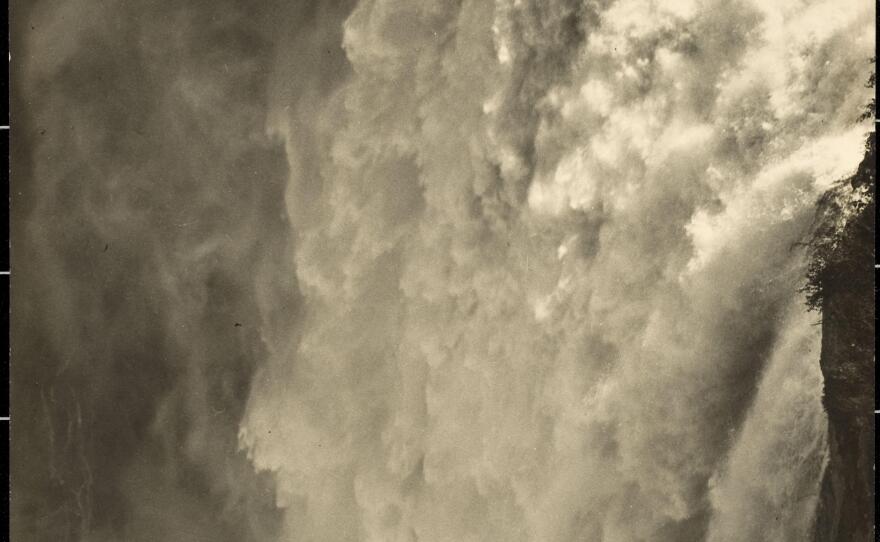http://stream.publicbroadcasting.net/production/mp3/kplu/local-kplu-950608.mp3
They were a dedicated group of mostly Japanese photographers from the 1920s whose work at the time was known all over the world.
But until now, there hasn't been much attention here on the Seattle Camera Club and its style of photography that some academics have dismissed.
A new exhibit opening at the Henry Art Gallery at the University of Washington -- “Shadows of a Fleeting World: Pictorial Photography and the Seattle Camera Club” -- showcases 200 black-and-white and sepia-toned images. Photos of awesome Mount Rainier and delicate ballerinas, such as Anna Pavlova who was visiting from Russia. All of the photos were taken by members of the Seattle Camera Club, a mix of hobbyists and professionals who gathered regularly at the Empire Hotel in what used to be Seattle's Japantown.
Clubs like these existed up and down the West Coast. They were mostly founded by Issei men -- first-generation Japanese immigrants.
But the Seattle club had one unique distinction, points out Nicolette Bromberg, Special Collections archivist at the University of Washington Libraries.
"They didn’t necessarily make the camera club to be solely Japanese. Right from the beginning, they invited other people."
So the group included a few Caucasians, as well as a few women. This made the interracial club – at a time when racial segregation existed in the city -- especially unique.
Club member Iwao Matsushita was a businessman and avid hiker who kept journals about the club's photographic trips. Ken Burns featured Matsushita's writings -- as well as some of his home movies of Mount Rainier -- in his film "The National Parks."
For the Japanese, the Seattle Camera Club became a way of fitting in.
"This is a way that they really had of also being a part of American society," Bromberg says. "In doing photography and having this language, you didn’t have to worry about this language barrier."
The club also insisted on sharing its work, submitting numerous photos to salons and exhibits all over the world. Meticulous records kept by the club -- and now in the UW's collection -- document just how well-known the Seattle Camera Club used to be.
David Martin, art historian and owner of the Martin-Zambito fine art gallery in Seattle, has dug through many of the Club records.
"I remember seeing one mention of Mr. (Frank) Kunishige and one of his photographs in a French art publication that was really one of the major art publications in Paris at the time."
The Club photographers shot in a style known as Pictorialism. The group experimented with focus and toning and the images look like paintings and charcoal drawings.
Some art academics have disregarded pictorialist photography as “too soft.” That’s what the Henry’s chief curator Elizabeth Brown used to think.
But she has nothing but admiration for the work. She holds a photo called "A Thousand Thunders" by Kyo Koike. It’s of a waterfall.
"It’s basically one dramatic curve and it’s so abstract. It’s so minimal and so powerful at the same time. You realize the power, the force, the feel of the water."
The Seattle Camera Club lasted from 1924 to 1929, disbanding during the Depression.
But Bromberg, the archivist, and Martin, the art historian, collaborated on a just-published book about the Club. And the Henry was prompted to exhibit a large collection of images. The Henry show runs Feb. 12, 2011 - May 8, 2011.











